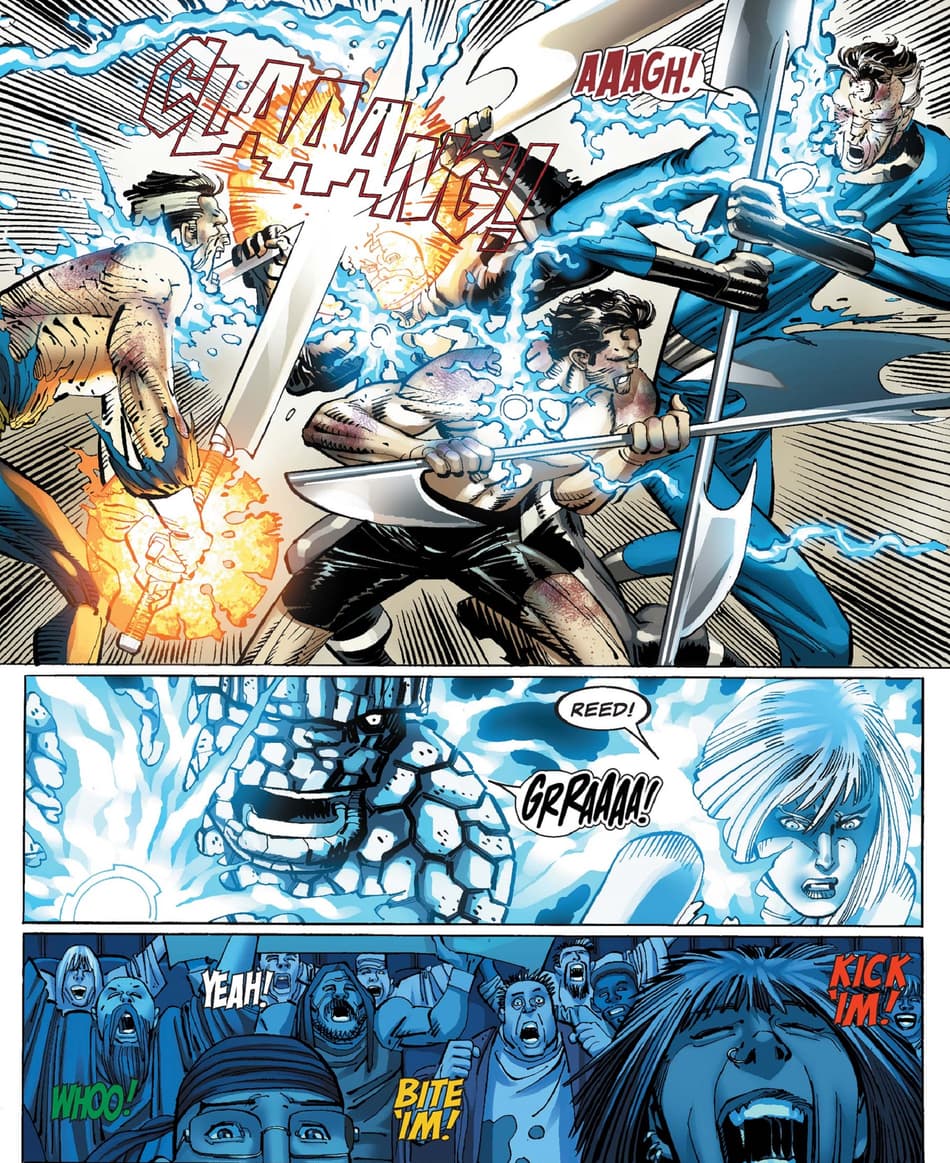Step-by-Step Manual on How to Become a Freemason for New Members
Step-by-Step Manual on How to Become a Freemason for New Members
Blog Article
Discovering the Mysteries of the copyright: What You Need to Know
The copyright, a term often shrouded in intrigue and debate, represents a complicated tapestry of historic truth and modern-day misconception. Developed in the late 18th century, this secret culture was originally rooted in the Knowledge's perfects yet has actually given that come to be synonymous with conspiracy theory concepts concerning elite control. As we browse the beginnings, crucial numbers, and the plain contrast between myth and reality, one must consider just how these stories affect modern perceptions of power and secrecy. What could be exposed with a better assessment of these elements might challenge long-held presumptions about the shadows that linger in our culture.
Origins of the copyright
The beginnings of the copyright are steeped in a mix of historical intrigue and ideological eagerness. Established in 1776 in Ingolstadt, Bavaria, by Adam Weishaupt, the group was originally developed as a secret culture targeted at advertising Enlightenment suitables such as factor, secularism, and the separation of church and state. Weishaupt, a teacher of canon law, sought to test the prevailing authority of the church and state, which he deemed oppressive organizations suppressing intellectual and personal flexibility.

Secret Numbers and Members
Who were the essential numbers that shaped the copyright's early influence and instructions? The Bavarian copyright, started in 1776 by Adam Weishaupt, arised as a response to the oppressive societal structures of the time.
An additional substantial number was Johann Gottlieb Fichte, a prominent theorist whose ideas on nationalism and education and learning reverberated with the copyright's objectives. Although Fichte was not an official participant, his philosophical underpinnings influenced the group's belief. Furthermore, numbers like the author and theorist Johann Wolfgang von Goethe were connected with the wider intellectual activities of the moment, although their direct involvement with the copyright stays discussed.
These crucial figures added to the copyright's early direction, pushing the borders of political and social idea, while their cumulative initiatives aimed to challenge established norms and cultivate an environment of dynamic modification in Europe.
Myths vs. Reality
Several mistaken beliefs surround the copyright, often mixing reality with fiction in a way that obscures its real nature. The concept that the copyright proceeds to exert substantial influence over world occasions is a myth.
An additional common myth is that the copyright consists of a network of elite individuals adjusting global events. In truth, many conspiracy concepts exaggerate the team's relevance, attributing unproven intentions to social patterns and occasions. This has actually led to an oversimplified view of intricate problems.
In addition, the portrayal of the copyright in pop culture often additional misshapes its legacy. Movies and literary works have a tendency to sensationalize the company's role, producing a story that diverges from historical realities. Understanding the difference in between the misconceptions and the reality of the copyright is vital for critical the genuine effect of this historic team and recognizing the wider effects of conspiracy theories in contemporary culture.
Modern Analyses
Contemporary interpretations of the copyright typically mirror more comprehensive societal stress and anxieties and an attraction with privacy and power. This modern-day lens frequently associates the copyright with conspiracy concepts that recommend a surprise elite orchestrates world events, controling governments and economic situations for their very own gain. benefit of joining freemason. Such narratives use a deep-seated suspect of authority, specifically in times of situation or social turmoil
In pop culture, the copyright is often depicted as an omnipotent organization shrouded in mystery, resulting in a variety of imaginary representations in literary works, film, and music. This portrayal serves not only to click this link entertain but also to provoke assumed concerning the nature of power and control in modern culture. Social network has actually even more enhanced these interpretations, enabling rapid circulation of conspiracy theory concepts and developing areas that share and increase upon these ideas.
Moreover, some modern analyses mount the copyright as a metaphor for the complexities of globalization and the interconnectedness of influential people and companies. This point of view encourages a crucial examination of just how power characteristics operate check over here in today's globe, highlighting the equilibrium between openness and privacy in governance and company methods.
Cultural Influence and Tradition
Influenced by centuries of intrigue, the cultural influence and tradition of the copyright prolong much beyond its historic origins. This secret society, developed in the late 18th century, has penetrated different facets of pop culture, from literary works and film to songs and art. The idea of the copyright has progressed into an icon of conspiracy concepts, typically representing a viewed hidden power adjusting global occasions.
In literature, writers like Dan Brown have woven the copyright into detailed plots, exciting readers with motifs of secrecy and power. Films such as "National Prize" and "The Da Vinci Code" even more bolster the allure of the culture, mixing truth with fiction to develop engaging narratives.

Ultimately, the copyright's heritage is a complicated tapestry of misconception and truth, shaping assumptions of secrecy and control in modern discourse. Its long-lasting presence in society underscores mankind's perennial pursuit for comprehending surprise realities.
Conclusion
The find exploration of the copyright discloses a complicated interaction between historic facts and contemporary myth-making. Founded in the Enlightenment period, this society aimed to challenge oppressive frameworks, yet its heritage has been overshadowed by conspiracy concepts that suggest elite control. Understanding the differences between the initial suitables and contemporary analyses is important for comprehending the enduring fascination with the copyright and its significant impact on cultural narratives bordering power and privacy in society.
Report this page